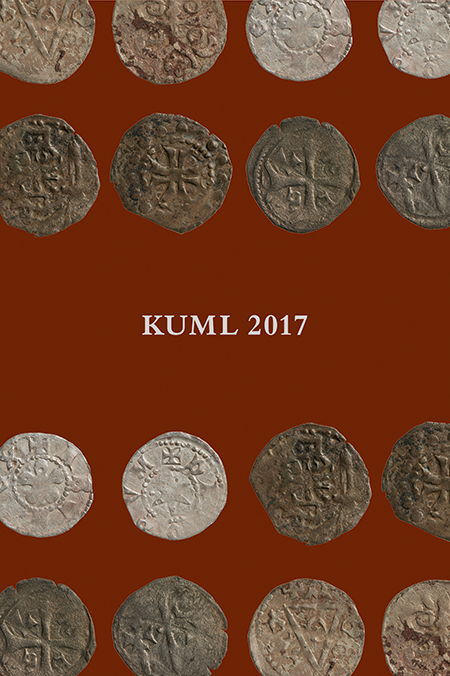Skridfinner, dansk arkæologi og danskernes oprindelse
DOI:
https://doi.org/10.7146/kuml.v66i66.98804Keywords:
skridfinner, danskernes oprindelseAbstract
Saami, Danish archaeology and the origin of the Danes
With the Romantic Movement came a need for the Danish people to have a national identity. That is, a history, a language and, in broad terms, a culture. At the end of the 18th century, it was said that the Danes came from Troy with Odin, while in 1814 Rasmus Rask established a link between the Scandinavian tongues and the civilised languages of Greek and Latin, with roots extending back to Sanskrit. In the mindset of Romanticism, people and culture were organic and cohesive entities. Consequently, when Christian Jürgensen Thomsen discovered the Stone Age, the question arose as to the identity of the people to whom this technology belonged. It could clearly not be the Danes, because they had never had stone technology but always agriculture and iron, as was evident from Classical Antiquity’s accounts of the Goths.
According to this cultural-historical approach, there was only one possible explanation: the Finns or Saami were the original people in Denmark. Rasmus Rask confirmed this by finding Finnish words in Danish place names, and a major study by the great Swedish archaeologist Sven Nilsson came to the same conclusion. But the reputation of the Finns since Classical Antiquity, with their homeland in the far north, was of such a demonic character that Danish archaeologists had no desire either to see them as the original inhabitants of Denmark or later, with the advent of modernity, as the ancestors of the Danish people. The Finns, “the Skrithiphinoi”, were namely, as inhabitants of the outer fringes, one of the three most demonised peoples in the world. The two others were, from the middle of the 17th century, the Khoikhoi, “the Hottentots”, in the far south, and, from the end of the 18th century, the Australian aborigines, “the Blackfellows”, as the ultimately most distant peoples in relation to Europe.
To explain Danish archaeology’s view of the Finns, it is shown how they were demonised over time. Reference is made to the important criteria in each epoch, from Classical Antiquity’s secular condemnation of this most distant northern people – more distant and wretched than the Scythians – through Christianity’s vilification of their witchcraft and magic and the Age of Enlightenment’s focus on racial hierarchy, to the Romantic Movement’s ideas about peoples as self-contained and virtually eternal entities. The article concludes with a discussion of why it was so important for Danish archaeology, in the 19th and early 20th century, to deny any connection between the Saami and Denmark’s early history.
Ole Høiris
Afdeling for Antropologi
Institut for Kultur og Samfund
Aarhus Universitete
Downloads
Published
How to Cite
Issue
Section
License
Fra og med årgang 2022 er artikler udgivet i Kuml med en licens fra Creative Commons (CC BY-NC-SA 4.0).
Alle tidligere årgange af tidsskriftet er ikke udgivet med en licens fra Creative Commons.


